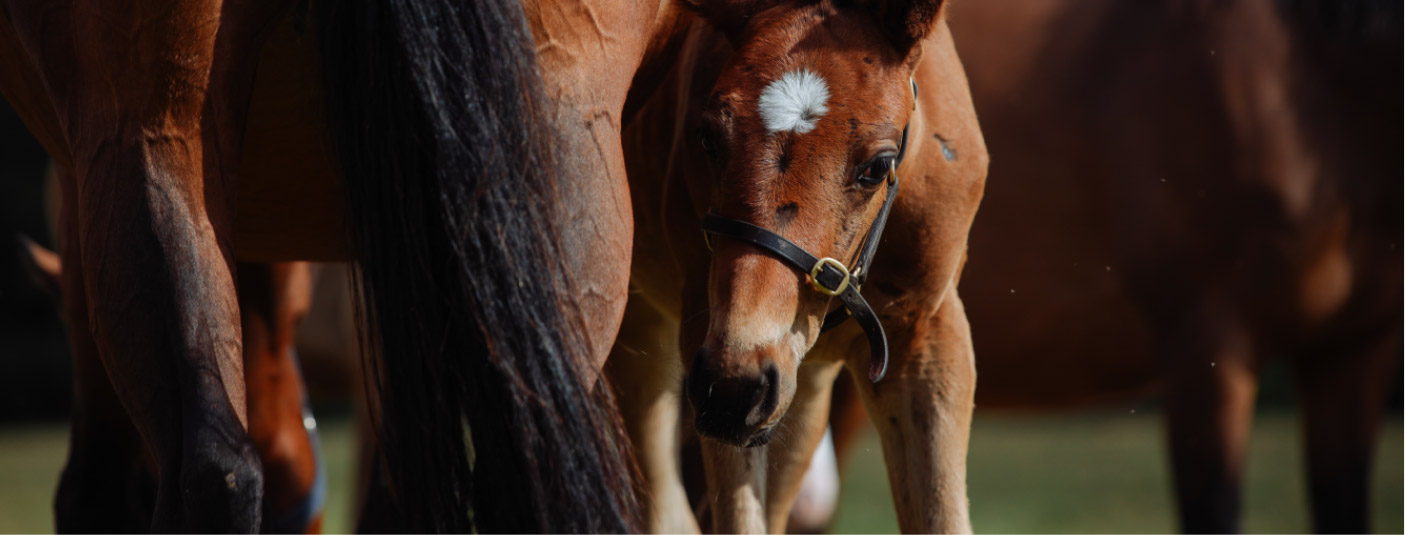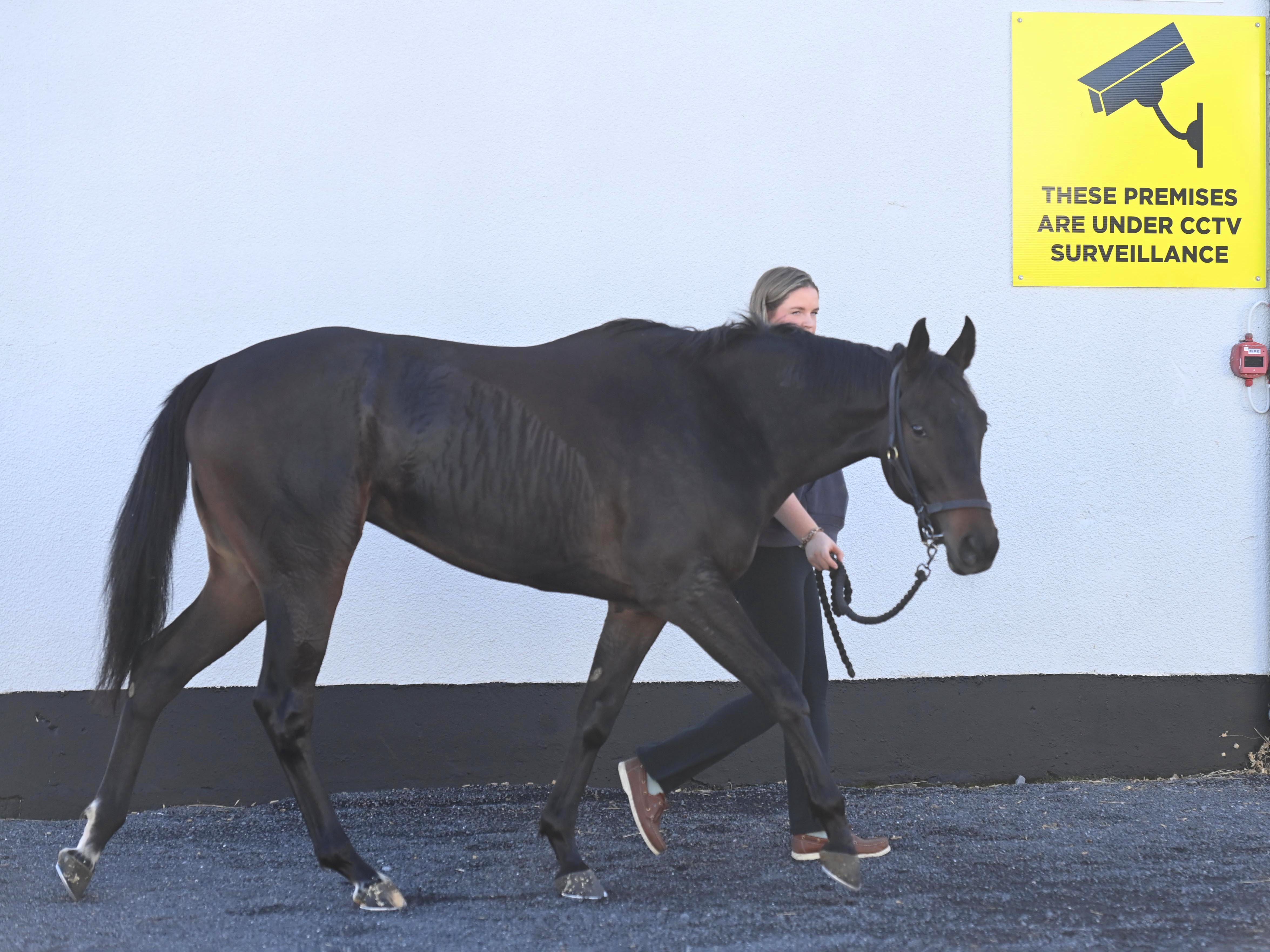
Equine Welfare
-18.jpg)
Equine Injury in Irish Racing Risk Reduction Programme
-
Pre-race inspections are used by the IHRB, in common with all major racing jurisdictions, as part of our strategy to optimise the safety and welfare of our participants, particularly by adopting any measures possible to reduce the risk of injury.
Horses identified as a particular focus from expert evaluation of Irish racing data for pre-race inspections include,
- horses who were withdrawn on a previous occasion for a veterinary reason;
- those which sustained an injury or veterinary condition last time they ran; and
- those which fall into a number of categories associated with potentially increased risk of injury
-
- identify horses injured in transit. It is in everyone’s interests that these horses are checked and cleared to run, or they run another day.
- identify horses which have a clinical abnormality that may not be an issue in terms of increasing risk of their injury but once identified can be monitored by the IHRB and trainer in conjunction with the trainer’s own veterinary surgeon.
- identify those horses which may not be Suitable to Race.
- identify and examine horses that may be at increased risk of injury based on evidence from data on racing injuries in Ireland (see EIIRRR project) and other jurisdictions.
-
In order to understand as well as possible the health and safety of our equine participants the IHRB Veterinary Team follow up on raceday injuries or horses that show signs of a clinical issue, such as lameness, so as to understand what is causing it and have a greater level of information to make informed decisions on raceday.
The more information that can be provided to the veterinary team via [email protected] about particular horses in advance of raceday should they have an injury or condition, the better informed the team on the day will be and so the more informed any decision they will make about the horse’s Suitability to Race. Without this information, the team will always err on the side of caution if there is any doubt about the horse’s Suitability to Race and not allow the horse to race. -
This programme runs year-round, and on a risk and surveillance basis. A standard format is followed, with the people, premises and processes all reviewed. There is a focus on equine care and safety with horses being identified and inspected, any medicines in use being inspected and assessed and compliance with the Rules of Racing and relevant legislation evaluated. The inspections are always unannounced but with every effort being made to do them at times which make sense, ie. during the working day, unless there is a reason not to. Feedback is given on the day by way of a conversation and a preliminary feedback letter, which is then followed up with a more detailed report. The latter may issue with an Improvement Notice or notice that a matter or matters need to be referred to the IHRB Referrals Committee or Licensing Committee.